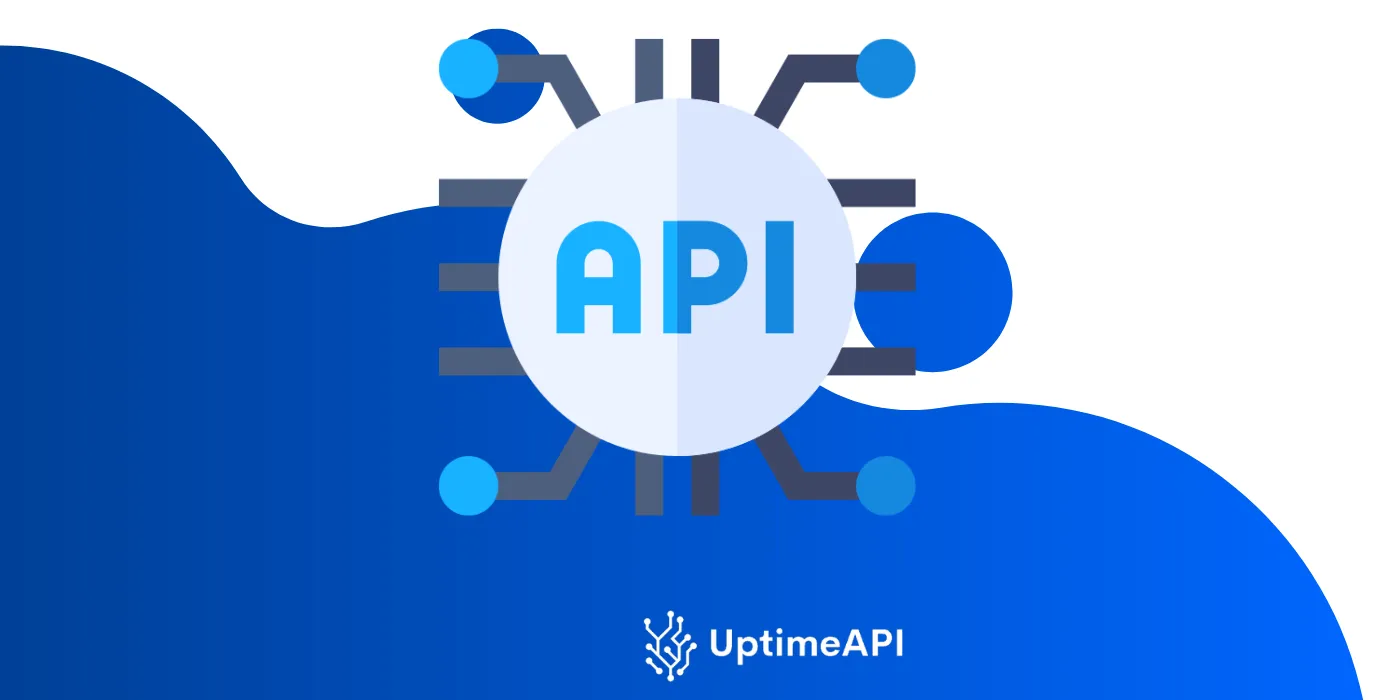REST API Monitoring Tool: Easy Tutorial For Developers

In the realm of web development, APIs (Application Programming Interfaces) play a pivotal role in enabling communication between different software applications. As APIs become increasingly integral to modern software architecture, ensuring their reliability and availability is paramount for developers. This is where a robust REST API monitoring tool comes into play. In this tutorial, we'll delve into the fundamentals of REST API monitoring and demonstrate how developers can effortlessly utilize Uptime API to monitor their APIs in seconds.
Understanding REST API Monitoring
What is REST API Monitoring?
REST API monitoring involves the continuous tracking of the health and performance of RESTful APIs. It encompasses various metrics such as uptime, response time, and error rates, providing developers with valuable insights into the operational status of their APIs.
Why is REST API Monitoring Important?
Effective API monitoring is essential for detecting and addressing issues promptly, thereby minimizing downtime and ensuring a seamless user experience. By proactively monitoring APIs, developers can identify performance bottlenecks, prevent outages, and maintain the overall reliability of their applications.
Introducing Uptime API
What is Uptime API?
Uptime API is a user-friendly and efficient solution for monitoring the uptime and performance of RESTful APIs. With its intuitive interface and robust features, Uptime API empowers developers to monitor their APIs seamlessly.
Getting Started with Uptime API
Step 1: Sign Up for an Account
Begin by signing up for an account on the Uptime API platform. Simply visit their website and follow the registration process, providing your email address and choosing a password.
Step 2: Add Your APIs
Once registered, log in to your Uptime API account and navigate to the dashboard. From there, you can easily add your APIs by specifying their endpoint URLs.
Step 3: Configure Monitoring Checks
After adding your APIs, configure monitoring checks to start tracking their uptime and performance. Customize parameters such as the frequency of checks and notification settings according to your requirements.
Step 4: Analyze Results and Take Action
As Uptime API continuously monitors your APIs, you can analyze the results and take necessary action in case of any issues or anomalies detected. Utilize the detailed reports and insights provided by Uptime API to troubleshoot and resolve issues promptly.
Step 5: Receive Alerts
Stay informed about the status of your APIs by setting up alerts through Uptime API. Receive real-time notifications via email or SMS in the event of downtime or performance degradation.
Best Practices for Using Uptime API
Set up Multiple Monitoring Locations: Distribute monitoring checks across multiple geographic locations to ensure comprehensive coverage and detect regional issues effectively.
Implement Advanced Checks: Take advantage of Uptime API's advanced monitoring checks, such as SSL certificate validation and response body validation, to perform thorough inspections of your APIs.
Regularly Review Reports: Make it a habit to review the monitoring reports provided by Uptime API regularly. Identify trends and patterns to proactively address any potential issues or optimization opportunities.
Integrate with Other Tools: Explore integrations with other tools and platforms, such as Slack or PagerDuty, to streamline incident management and response workflows.

Conclusion
In conclusion, Uptime API provides developers with a straightforward and efficient solution for monitoring the uptime and performance of RESTful APIs. By following the steps outlined in this tutorial and adopting best practices for API monitoring, developers can leverage Uptime API to ensure the reliability and availability of their APIs effortlessly. With its intuitive interface and powerful features, Uptime API simplifies the process of API monitoring, allowing developers to focus on building robust and resilient applications.